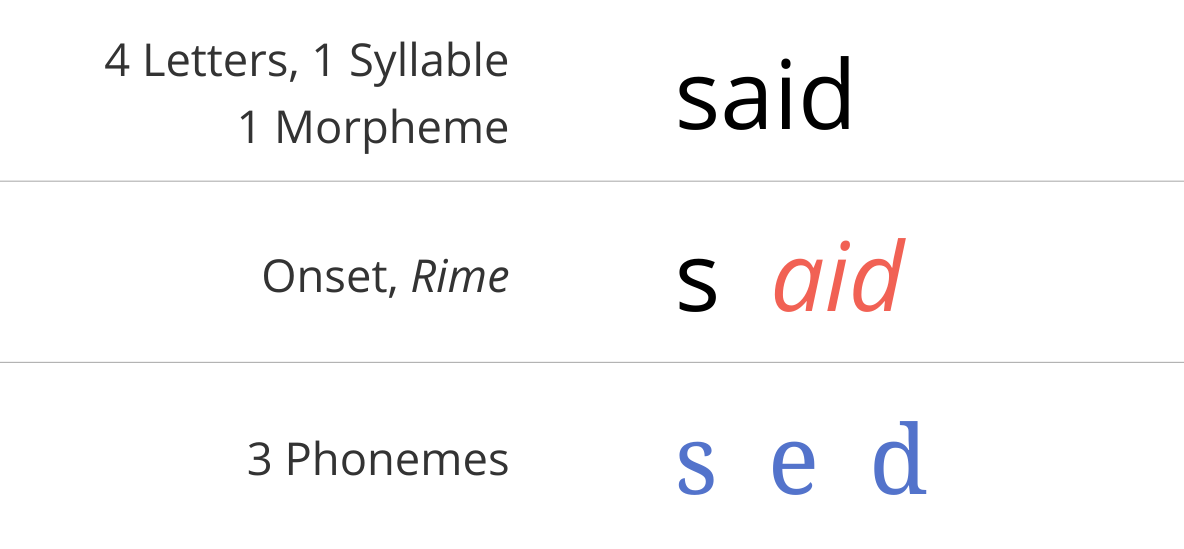Imagine you’re about to put a chunk of your life savings into a mutual fund. Now imagine you peruse the various “best mutual fund” guides on the news rack, only to find they’re all missing crucial pieces of information. The guides list where the fund managers went to college, how much investment capital they’ve attracted, and what kind of “experience” investors had at the annual fund meeting. But they don’t tell you what you most want to know: What the funds’ rates of return have been–or if they’ve ever made a dime for anyone. You might still decide to invest in a mutual fund, but it would be a heck of a crapshoot. And with their scorecard hidden, fund managers wouldn’t be under much pressure to perform, let alone improve.
That imaginary mutual-fund market pretty much shows how America’s higher-education market works. Each year prospective college students and their parents pore over glossy brochures and phone-book-sized college guides in order to decide how to invest their hard-earned tuition money–not to mention four years of their lives. Some guides, like the popular rankings published by U.S. News & World Report, base ratings on factors like alumni giving, faculty salaries, and freshman SAT scores. Others identify the top “party schools,” most beautiful campuses, and most palatial dorms.
But what’s missing from all the rankings is the equivalent of a bottom line. There are no widely available measures of how much learning occurs inside the classroom, or of how much students benefit from their education. This makes the process of selecting a college a bit like throwing darts at a stock table. It also means that colleges and universities, like our imaginary mutual-fund managers, feel little pressure to ensure that students learn. As anyone who’s ever snoozed through a giant freshman psychology 101 lecture knows, sitting in a classroom doesn’t equal learning; knowledge doesn’t come by osmosis.
Related: Washington Monthly’s Annual College Guide.
Here’s a sampling of their top schools:
We love Texas A&M.
Sure, for some of us, Texas A&M evokes imagery of the weak being forced into a locker by the strong, but that doesn’t change the numbers. At 60th place on the U.S. News rankings, Texas A&M may not be celebrated, but few other schools can compare when it comes to churning out great engineers and scientists in high numbers. It has a healthy level of ROTC enrollment, and it uses federal work-study money towards community service. Texas A&M thus breezes to fifth place on our list.
We love the ladies.
Three cheers for Bryn Mawr College, 21st on the U.S. News list but first on our list of liberal arts colleges, and the same to Wellesley, fourth on the U.S. News list but second on ours. On every front–social mobility, public service, and research–both schools perform near the top. Does their gender ratio, 100:0 women-to-men, have an influence? We don’t know, but it doesn’t look like an argument for admitting men.
Emory gets no love from us.
Emory, 20th on the list of U.S. News, comes in at 96th on our list. It ranks lowest on our list of any of the U.S. News top 25, and it’s a full 42 spots behind runner-up Carnegie Mellon. Its social mobility score puts it at 104th place. (Its number of Pell recipients is low, its SAT scores are relatively high, yet its graduation is relatively low.) By spending its money on recruiting applicants with high SAT scores (a way of boosting one’s U.S. News ranking) Emory has apparently decided reaching out to poorer students is a low priority. Nor does it do especially well in public service or research. That’s not great for a school with an endowment of $4.5 billion, the eighth-highest in the nation. Boo, Emory.
The New School University: “unusual intent” meets non-existent results.
The New School University in New York doesn’t engage in a lot of U.S. News jockeying, but it boasts of goals that are exactly of the sort this guide rewards. Its website speaks of the school’s “unusual intent” to bring “actual, positive change to the world.” The reality: it’s at 228th place on our list. By every measure we have, it drops the ball. (By contrast, The Evergreen State College in Washington State, which approvingly quotes a description of itself as “ultra-progressive,” scores much higher, at 47th place.) The best candidate for “actual, positive change” may in fact be the New School.
The Big Ten slaughters the SEC.
Of the 11 members of the Big Ten Conference–University of Illinois, University of Minnesota, Northwestern University, Purdue University, University of Wisconsin, Indiana University, University of Iowa, Ohio State University, University of Michigan, Michigan State University, Pennsylvania State University–all 11 make our top 75. Of the 12 members of the Southeastern Conference–we’ll not list them all–only Vanderbilt University and the University of Florida even crack it. Football is fine for schools, as long as they’re Midwestern.
UC schools continue to rule.
Sorry, red-staters. By our yardstick, University of California, Berkeley is about the best thing for America we can find. It’s good by all of our measurements. The same goes for the rest of the schools in the UC system, four of which make our top 10, the rest of which make our top 80.
Via Joanne.
